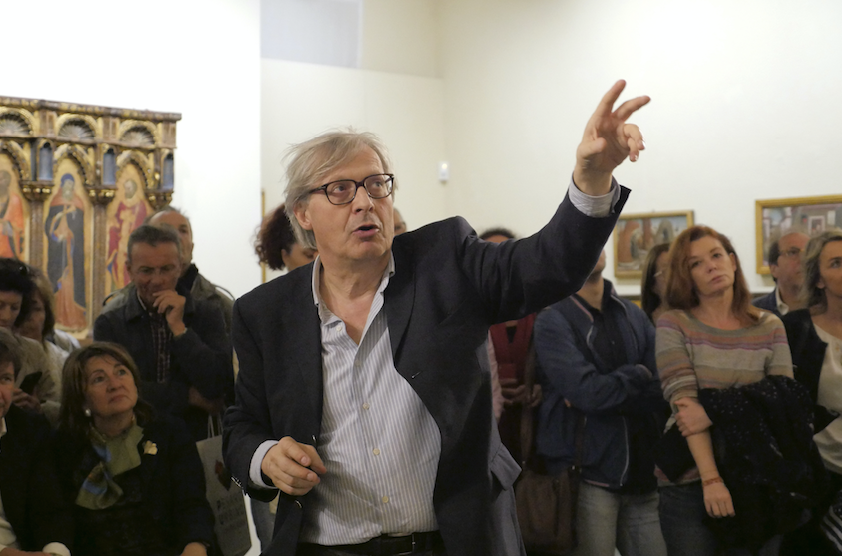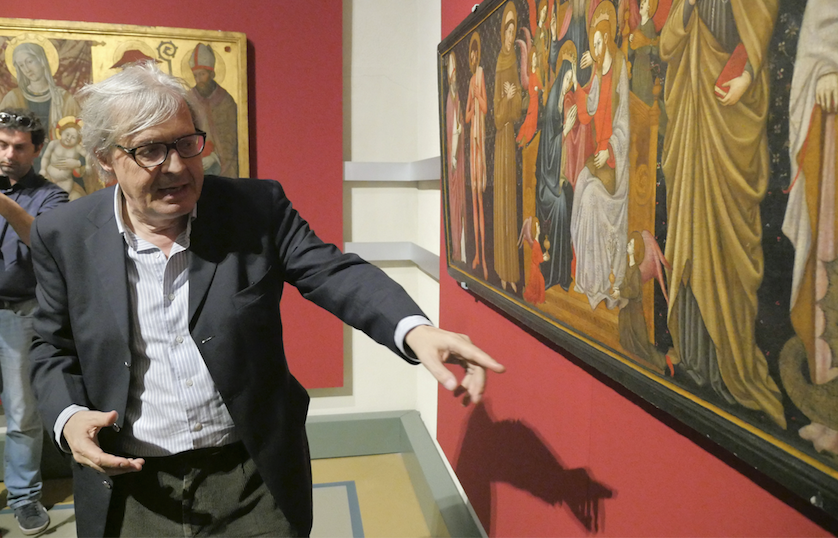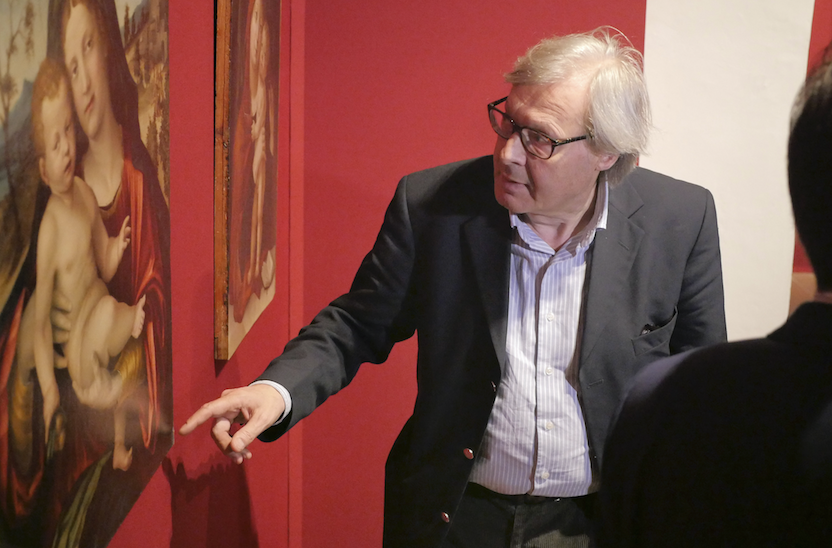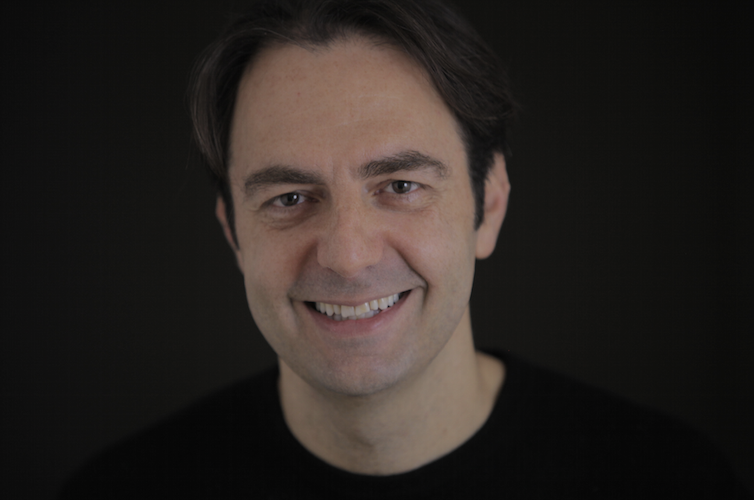Vittorio Sgarbi’s tale of Marche between art and memories

There’s no need to introduce Vittorio Sgarbi; still, we wish to recall what he did to promote the beauty of Marche, which is sometimes unknown to the public, and the region’s cultural, artistic and landscape patrimony. In this interview, Sgarbi tells art and memories of “his Marche” and leads us through some of the fundamental phases, works and monuments which connect him with them: a guide to discover our magnificent region.
Why Sgarbi and Marche?
Region Marche bears a capital importance in terms of concentration of artistic, architectonic and landscape patrimony. Between 1970 and 1971, while following Lorenzo Lotto’s track, I found Marche were a basic stage to retrace his life and work. In summertimes, during my boyhood, I accompanied my father in his tours in Emilia Romagna and Marche up to Corinaldo, which is one of the most beautiful Italian hamlets and is rich with memories of him. I still remember the first time I saw the sinuous shape of the amphora which, in the area of the Castelli di Jesi, marked the history of Verdicchio wine in the world.

You recently chose to reside in San Severino. What is the meaning of this decision?
I performed in San Severino a lot of political activity, first as a member of the city council, then as mayor. I am therefore very fond of San Severino and I believe that in post-earthquake times being close to these areas is very important: a public personality must give strong signals and help with his presence to keep the spotlight on these territories which the violence of nature hurt so gravely.
What is the situation of historic and artistic monuments in the region after the earthquake? Can we rise again or should we surrender?
The earthquake did certainly damage churches and very important artistic and architectonic works. In addition, it creates a further wound in the spirit of people, produced by fear. It is fear that reduces tourism. It is therefore important to make people understand that the wounded area of the territory is limited. This region has got much to offer from a naturalistic point of view and keeps with great care a precious historic and artistic patrimony. What is damaged can be rebuilt, and it must be done in Marche too as elsewhere in Italy. Most of all, the message must come through that Marche are as lively as ever.

What has been done in Marche to promote and make the Region and its artistic heritage live, thus stimulating tourism?
Many ventures have been put in place with the purpose of highlighting beauty, history and art of this region. It is important that territory and art cooperate, as happened in Genga. The territory there, in fact, is itself attracting because of the famous Frasassi Caves. Art, on its turn, can be admired in the Genga Museum which along with other works hosts the beautiful “Madonna with the Child” statue, a product of Canova’s atelier. The statue was previously placed in Valadier’s neoclassic little temple.
Another area where nature shows all of its magnificence is the land of Montefeltro, 2000 square kilometres of beauty. And there, leading and promoting tourism, there is she: the city of Urbino. The ideal capital city of Montefeltro, and an Unesco World Heritage Site, Urbino could lift up a whole area with its rich history and the permanent show of artistic masterpieces. Much is still to be done, but potentialities are innumerable, and this makes us hope for the best.
by I. Cofanelli


